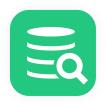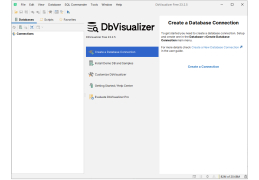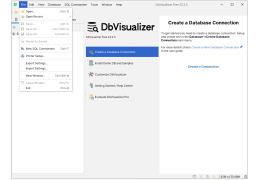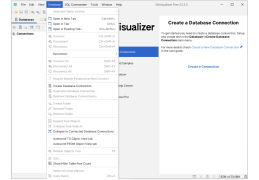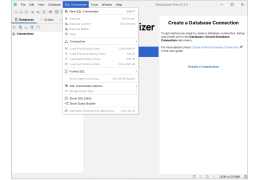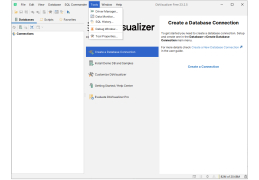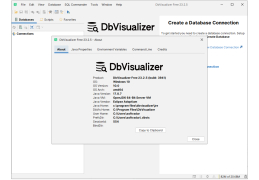The DbVisualizer is a great database management and tool that analyzes databases including SQL Server, DB2, MySQL, Oracle, and others. Because each database provider maintains its own client and is tilted toward their own database for their type of connection, the DbVisualizer allows you to analyze them all.
While there is a learning curve like any software management tool, it is easy to install and configure. You can use it to connect to and then query the various database types and then have the ability to see tables, views, and procedures to assist in managing databases from the software.
The interface which allows you to directly edit any content in the rows is great because you would otherwise have to write lengthy SQL to accomplish that editing. It also shows various indexes and foreign key relationships between the various tables. It also can provide schema and ER diagrams. The import and export functions work well.
Because each database provider maintains its own client and is tilted toward their own database for their type of connection, the DbVisualizer allows you to analyze them all.
All the connections can, of course, be stored including SSH connections, different fonts, colors and the like. Without the DbVisualizer you would have to examine the data via the administrator of each individual database provider. Because it is an open source product it is generally reliable and fast without any crashes prominent in some other programs. That allows you to install it on your own local machine.
The latest release is was 10.0.21 released on June 2, 2019.
For windows, you should have Windows 32-bit for which Java 8 is required or Windows 64-bit for which again Java 8 is recommended.
I would note that DBVisualizer comes in two editions. One is the free version which is available completely free of charge. You can use it for both commercial and non-commercial uses.
The free version gives you basic level features which I think would be sufficient for 90 percent of users. The Pro version provides some more functionality including the ability to edit table data, use of autocomplete support in the SQL editor, ability to import from CSV files and foreign key data navigation ability.
Some of these I mentioned above and are available in the Pro Version. You can check online for the DBVisualizer user guide to see which is best for your uses.
The System should have sufficient storage for software installation.
PROS
Contains rich visualization features for data analysis.
Offers comprehensive database management tools.
CONS
Lacks good customer support and assistance.
License cost can be quite expensive for small businesses.


